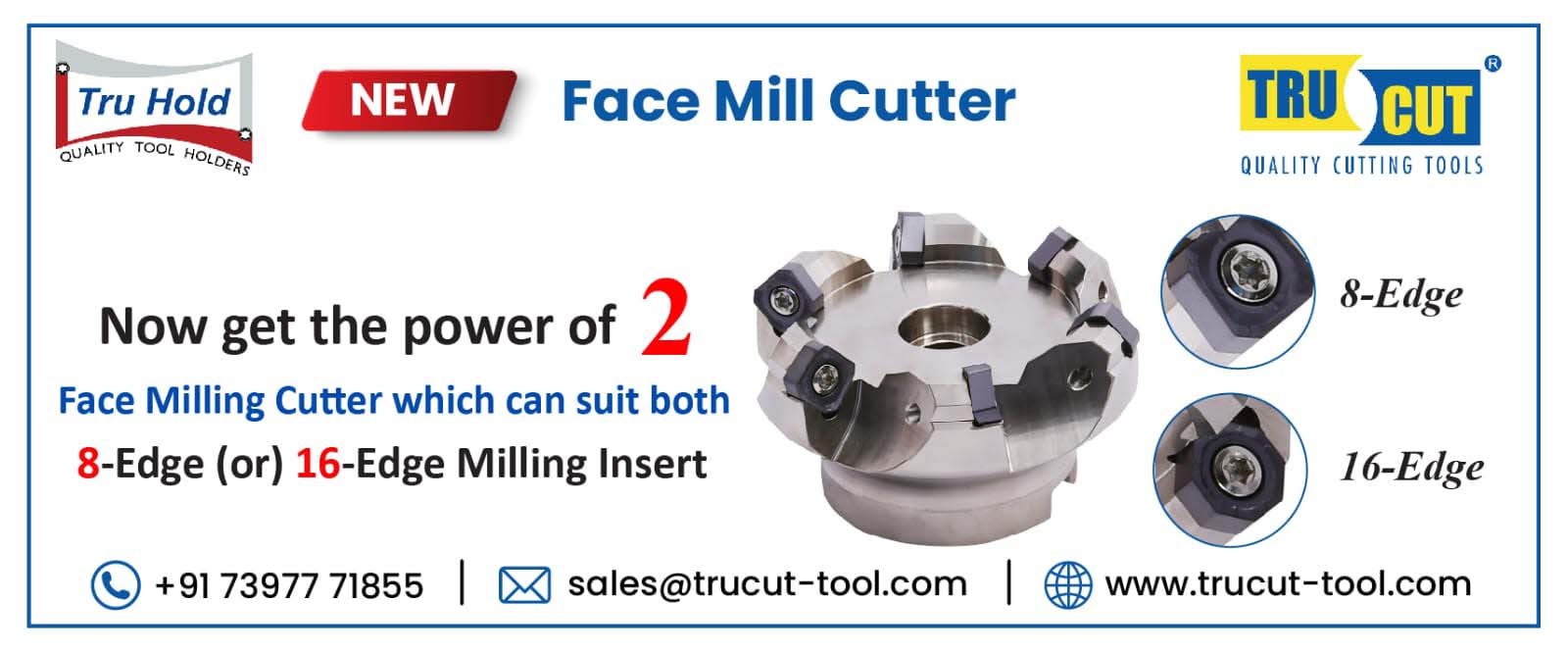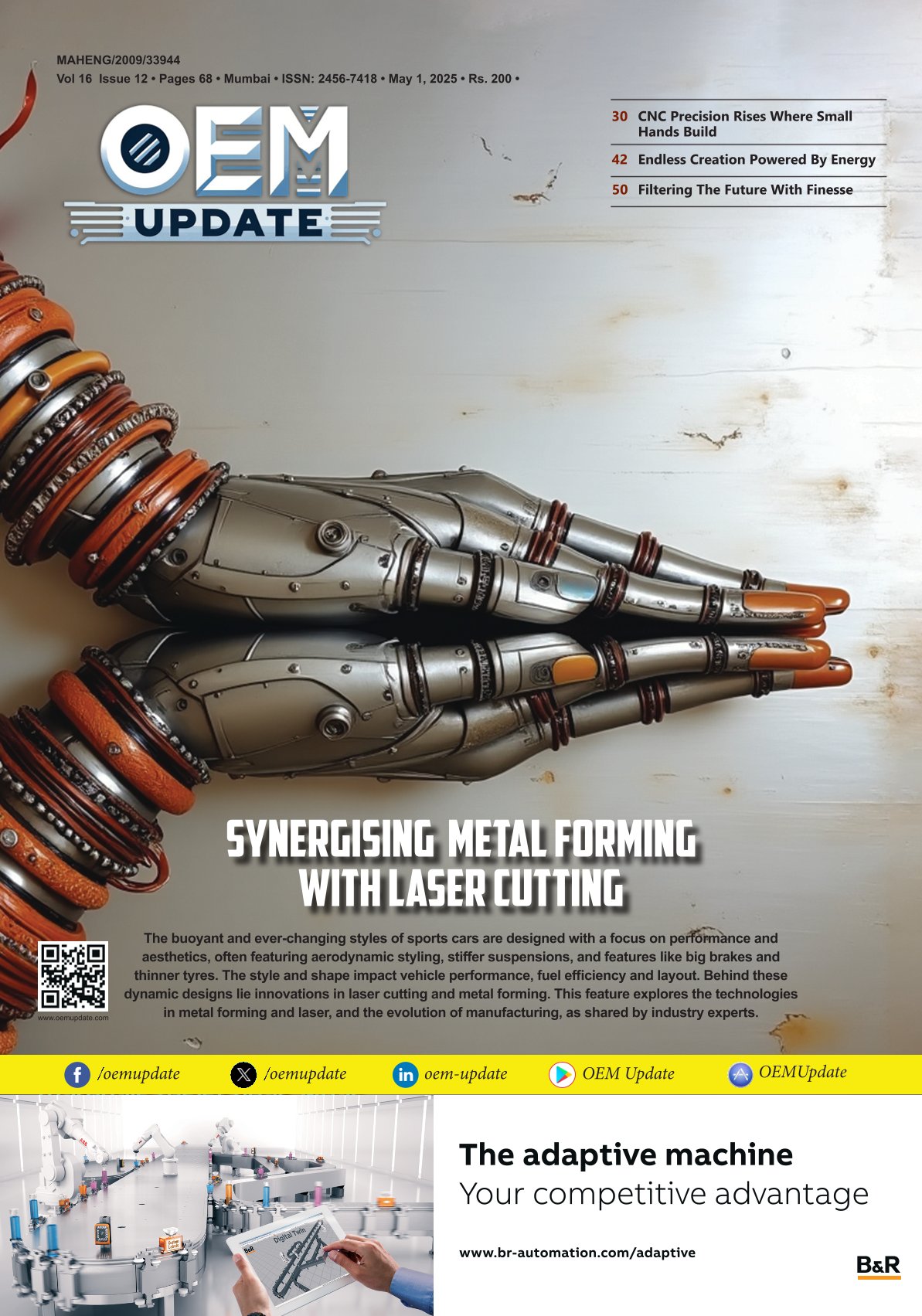Collaboration: Solution for modern material handling
By admin April 18, 2013 11:59 am IST
Collaboration: Solution for modern material handling
Devdip Purkayastha, President, CHEP India decodes the complexity faced in the material handling operations and helps understand the evolving dynamics and its importance in the modern business environment
Indian’s business climate has put enormous pressure on companies to automate their operations. Labour strife is acting as a catalyst to switch from a labour-intensive economy to a machine intensive. Also, business that can react faster to customer demands will command the markets. This need for agility has pressurised operations to become lean and mean which in turn has forced organisations to focus on supply chain which was not on top of the management agenda. The future success of business in India will be defined by the ability of their supply chain to respond effectively and quickly to the customer. These supply chains will be proactive rather than reactive. The material handling industry is responding with new equipment, technology, and systems that enable complete supply chain visibility, end-to-end collaboration and customer satisfaction. This allows organisations to measure the impact on both their top lines and the bottom lines. “Collaborate at the backend to compete in the frontend” is the new business mantra, as more and more organizations shift focus on leveraging their supply chains to build up their top as well as bottom lines while ensuring customer delight. The following is a global trend helping to make this possible.
PalletisationThis is a method of storing and transporting goods stacked on a standard pallet, and shipped as a unit load. It permits standardised ways of handling loads with common mechanical material handling equipment such as forklift trucks. Palletisation enables collaborating across individual organisation supply chains in creating a seamless ecosystem. However, creating this robust ecosystem will require a standardised material handling environment.Racking system and material handling equipmentPallet rack is a material handling storage aid system designed to store materials on pallets or skids. Although there are many varieties of pallet racking, all types allow for the storage of palletised materials in horizontal rows with multiple levels. Forklift trucks are usually an integral part of any pallet rack system as they are usually required to place the loaded pallets onto the racks for storage.
Selective pallet racking is the most common pallet racking system in use today. Selective pallet racking typically come in one of two configurations: a roll formed or clip-in configuration and a structural bolt-together configuration. Roll-formed selective rack is most commonly manufactured in a teardrop style (so named as the holes on the column of the upright are shaped like a teardrop). Pallets then rest on the horizontal load beams that are held in place by mounting clips. Because the clips on teardrop configurations can be quickly moved, the shelves can be easily adjusted to different heights to accommodate various load sizes. This is convenient for a warehouse that needs to store a variety of product sizes. Structural pallet rack systems are very similar to roll-formed pallet rack systems except the horizontal load beams are attached to the uprights with bolts and have much greater weight-bearing capacity. The bolt fixings make this a form of adjustable shelving. Racks can be constructed, reconfigured, and dismantled and reused as necessary. Selective pallet rack systems provide easy accessibility to all products at all times. A selective pallet rack system is commonly used in a “big-box” distribution application as well as in retail store inventory rooms, cold storage applications and wholesale stores. It is important that racking design is as per global standards, capable of handling standard pallets and other material handling platforms.
Operations are optimised using high-speed Sortation Systems in distribution centres and warehouses to sort products to specific storage zones as well as route products to specific dock doors for shipping. High-speed sorters, common in distribution centres are designed to provide higher throughput, operate quieter than previous designs, and are easier to maintain. All of these lead to increased efficiencies and a better, quicker return on investment (ROI). A rapidly emerging technology in the live-roller conveyor arena is the 24V-motorised roller (MDR) conveyor. MDR retains most of the positive features of line shaft or belt-driven live rollers but adds a number of unique advantages. In conventional conveyors, a gear motor (with rotating shaft) or belts drive the operation, but with MDR conveyor, a 24V-DC motor drives the system. This allows for a high degree of flexibility and modularity in conveyor design. Pallet trucks are then used to handle unitised loads and are either mechanised or hand operated. The pallet truck is an integral part of any warehouse and standardisation of handling platforms will enable optimised usage.Handling platforms PalletsStandardisation of these material handling platforms is core to palletisation and the collaboration model. It also leads to ease of operation, optimisation of equipment and multiple other benefits. In Asia, a working group of Efficient Consumer Response (ECR), a joint trade and industry body working toward making the grocery sector as a whole more responsive to consumer demand and promote the removal of unnecessary costs from the supply chain, carried out a study in 1997 in Singapore to rationalise the 13 different pallet sizes that were in use by the local FMCG industry. It resulted in the development of the four-way 1 m x 1.2 m standard pallet that is currently in use for the storage and transportation of goods for the FMCG industry. The 4-way 1,000 mm x 1,200 mm pallet is recommended by the pallet standardisation working group as the standard. The 1,000 mm x 1,200 mm pallet has the following benefits:• Compatible with standard ocean going containers and the majority of trucks• Dominant size used across the globe• Endorsed by ECR Asia• Conform to international standard (ISO 6780 General) purpose flat pallets for through transit of goods – principal dimensions and tolerances• Wide acceptance in major FMCG and allied industries, 3PL, retailers• Sufficiently wide for drive-in racking• Ability for sharing among multiple trading partners.
Crates and containersNew generation foldable plastic crates (FPC) have been specifically designed to integrate supply chain activities while reducing costs and environmental impact. Combining the features of a variety of crates into one, FPCs offer a unique design providing distinct value in supply chain efficiencies. The crates are modular by design and may be column stacked, cross stacked or a combination of both, when erected. Similarly, foldable large containers (FLC) are used for bulkier goods. These robust crates and containers provide maximum load carrying capacity for improved product protection. They also provide safe, efficient movement of products enabling end-to-end value through various supply chains in a range of industries. Here are the benefits of standard crates:• Load flexibility allows mixed crate sizes on a pallet• Heavier load capacity allows increased stacking heights, reducing warehouse space• Reduced reverse logistics transport costs• Enables OHS handling efficiencies• Reduced product damage by eliminating bulging, breaking and collapsing• Enhanced load stability• Reduced waste material• Increased internal volume capacity, improving pack density• Reduced carbon footprint• Suits roller conveyors.
Standard trucking body sizesThe unorganised truck body building industry in India does not follow any standards in body sizes, thus leading to cube loss, product damage and shrinkage. The vehicle manufacturers deliver bare shell chassis, and the transporter decides on the dimensions of the truck body. Standard truck sizes will eventually lead to shipment of unitised loads which is goods moving on pallets. However, there are several challenges when these pallets start moving across the supply chain from one entity to another.
Collaboration process model With the right ecosystem created as above, the next logical step is collaboration. Every industry has a unique supply chain ecosystem, and CHEP solutions are designed for each of them based on years of experience in moving millions of pallets and crates globally, every day.
The CHEP solutionTransfer hire model The transfer hire model is built for the classic FMCG industry. This solution drives out the inefficiencies and create an ecosystem of collaboration where the supplier, manufacturer, logistic partner and the retailer share the use of standard CHEP material handling platform such as pallets and containers. This collaboration leads to a seamless ecosystem, as goods move on standard CHEP pallets across the supply chain of all these entities.
In this model, CHEP issues ready to use conditioned pallets to the supplier who palletises his load and dispatches to the manufacturer. The manufacturer unloads the raw material and can use the same pallet to palletise their finished goods. These goods are transported, again on pallets as unitised loads to the distribution centre or the 3PL warehouse for racking. Based on retailer‘s orders the palletised load is delivered. Once empty, the pallets are returned by the retailer to CHEP. These returned pallets are than conditioned by CHEP and kept ready for issue. This seamless movement of goods brings in efficiencies, better resource utilisation, adds value at each node and greens the entire supply chain.
The CHEP solution is a catalyst to standardisation as all the proponents in the above ecosystem standardise their docking systems, material handling equipment, racking system and data standards. The benefits derived from collaboration are shared by all. Use of standard pallets, crates and containers help reduce handling time, labour and space. It also helps avoid build-up of packaging waste such as cardboard, one-way pallets, wooden boxes, and the cost of their disposal, thereby greening the supply chain.
CHEP automotive supply chain solutionsThe CHEP automotive supply chain solutions are specifically designed for inbound component logistics. The solution is based on the concept of total crate management (TCM) which is outsourcing of designing, development and management of reusable packaging CHEP. Vehicle manufacturers and their tier suppliers convert all packaging within their supply chain to high-quality, ready-to-use, and reusable packaging which is owned and managed by the service provider. In managing, the packaging, and the cleaning, conditioning and on-time delivery are handled as well.
Cookie Consent
We use cookies to personalize your experience. By continuing to visit this website you agree to our Terms & Conditions, Privacy Policy and Cookie Policy.


















